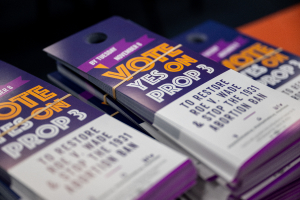Microsoft Classroom vs Google Classroom: Tech Companies Dish Out Virtual Learning Platforms; Race is on for Supremacy
As methods of education continue to evolve through time, tech companies such as Microsoft and Google offer their own Classroom services to cater to the growing needs of students and educators.
Microsoft Classroom
Microsoft launched the Classroom platform last 2015, as part of the Office 365 Education package. This plan includes the essential Office programs and applications such as Microsoft Word (word-processing), Excel (spreadsheet), PowerPoint (slideshow presentations), and OneNote (note-taking), among others.
Teachers can fully take advantage of the Microsoft Classroom features, which includes managing all classes and organizing multiple class sections. They can also interact with their students, as well as give assignments through the built-in program integration with OneNote.
One of the most interesting features of Microsoft Classroom is the Professional Learning Center (PLC)—where teachers can interact with other professionals to help centralize resources and pool their lessons.
Students can also utilize the Sway service which encourages students to create notes with visually enticing layout, to further simplify their learning.
Google Classroom
Meanwhile, Google introduced its Classroom service earlier at 2014. Google Classroom is a web-based platform that is part of Google's ever-growing array of productivity apps aimed to help everyone access basic software services for a lower (or even zero) cost.
Similar to Microsoft's program, Google Classroom integrates to Google's basic applications—Docs, Sheets, Slides, Gmail, and Calendar.
Teachers may also create classes and add sections. They can also easily enroll students from their contact list through emails, or the students may enroll themselves to the class group directly.
Similarly, educators may hand out homeworks and quizzes to be answered by students. Teachers may also instantaneously grade the requirements and upload their feedback.
With Google Classroom, however, teachers can utilize Google services such as Drive, YouTube, and other webpages in creating their notes.
Which is better?
Both of these programs offer services that aid students and teachers with their education system. Microsoft Classroom is free for students and teachers availing the corresponding Office package. Google Classroom is likewise free for pretty much everyone who has a Google account. They both have mobile applications for Android and iOS devices.
However, Microsoft Classroom offers a more feature-packed experience, with PLC for teachers and Sway for students. On the other hand, Google Classroom offers a more streamlined and direct approach, with better interface to navigate. It also offers an option for parents to monitor their child's performance.
Final thoughts
One could never go wrong in choosing either one of these platforms. With education being at the forefront of development, technology helps teachers and students alike to adapt, make use of the virtual learning as well as enhancing education by making it more interactive and efficient.




























